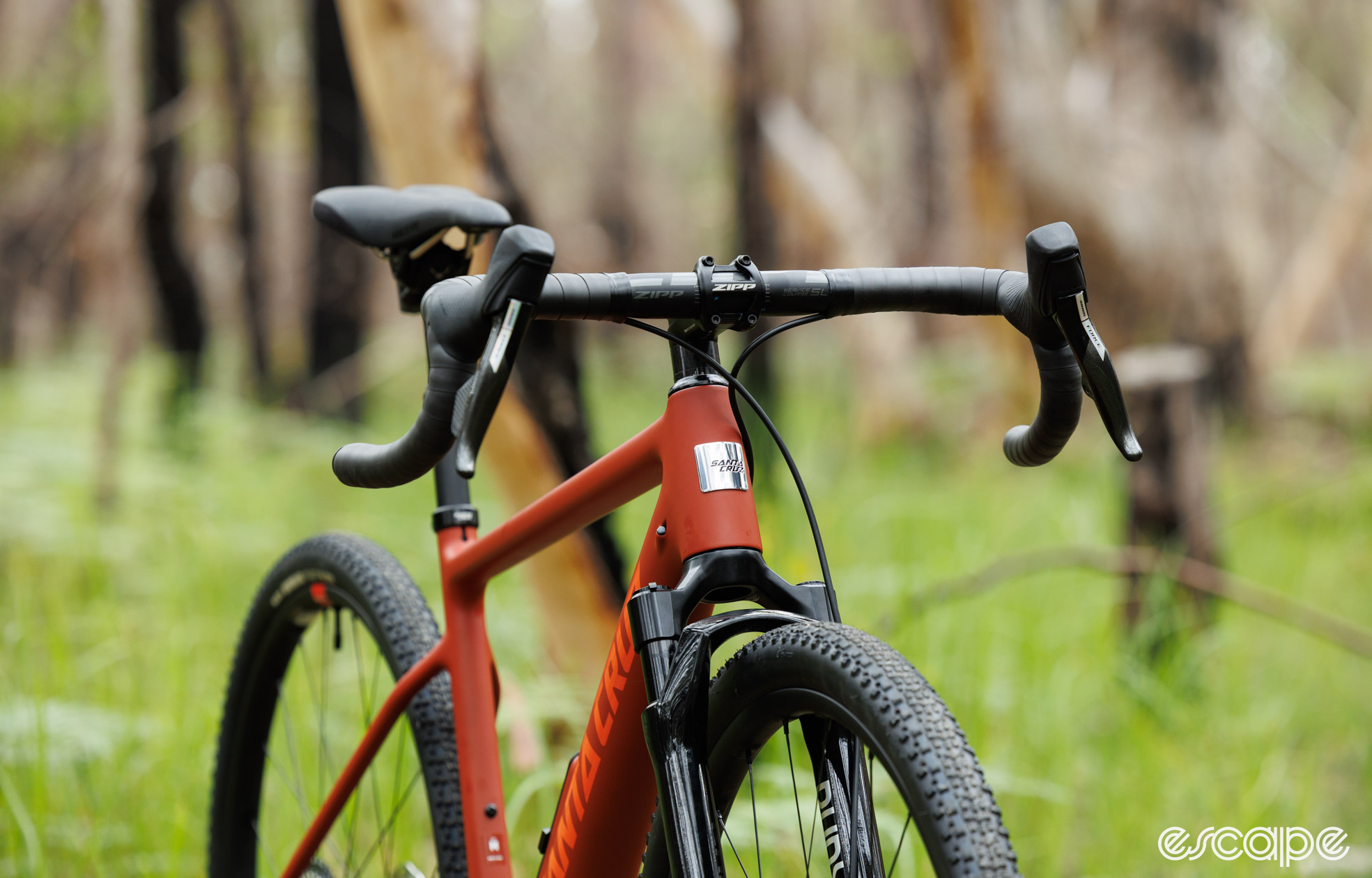Few companies in the cycling landscape have grown and succeeded more through acquisitions than SRAM. What started out as a company making grip shifters for a time trial handlebar, SRAM has steadily expanded to become arguably the world’s largest producer of performance-oriented bicycle components.
All too often acquisitions in cycling occur, and those acquired brands lose what originally made them successful. By contrast, SRAM has proven to have a history of keeping whatever made those brands successful (typically the people), investing in them to stay and continue what they were doing, and all with the support of a company that has an estimated annual revenue in the vicinity of US$1 billion.
Today SRAM has multiple engineering facilities spread across the United States, Europe, and Asia, many of which were collected along the way in acquiring brands such as Sachs, Truvativ, Avid, RockShox, Quarq, Zipp, Hammerhead, Time, Powertap, Velocio, and the list continues.
Amongst all of those acquisitions, the strategy has some consistent characteristics. Firstly, SRAM buys companies with unique technical advantages, undeniable brand value, product credibility, and/or a loyal consumer following. They also typically buy brands that fill category gaps they’re currently not in. And most importantly, they have publicly confirmed that they have no intention of ever acquiring an actual bike or frame brand, as after all, just about every bike brand currently out is already a customer of SRAM and so becoming your own competitor hardly makes strategic sense.
So, with that, I’ve been pondering who or what SRAM will acquire next. Of course, the company answered such a question with nothing more than a smirk, but I think it’s safe to say that the American company isn’t done growing.
Piecing together the ride, but not selling bikes
When it comes to bicycle components, SRAM currently provides front and rear suspension components, dropper seatposts, full drivetrains, brakesets, cockpit components, wheels, pedals (through the recent acquisition of Time), GPS units (through the acquisition of Hammerhead), and now even e-bike motor systems. In fact, there aren’t too many items of widespread cycling importance that SRAM doesn’t already offer.
Looking to the bike itself, SRAM notably has offered road tyres in the past, but they’re always in partnership with others. The company currently doesn’t have a single saddle in its lineup. It has good bar tape through Zipp, but not any bicycle grips you’d seek out.
In the past I would have thought SRAM was wholly focussed on bike components, but its acquisitions of Hammerhead and Velocio show its ambitions stretch wider than that. So in terms of accessories, they have things like bottle cages through Zipp, but not a dedicated product offering. They don’t have lights, or a company that offers other safety-related devices. There are also no bags, fenders, or similar – all categories that Shimano at least dabbles in with its PRO Bike Gear brand.
Speaking of PRO Bike Gear, that brand offers a handful of multi-tools, pumps, and workshop tools. By contrast, SRAM has nothing in that space and has partnered with others in recent years to provide its own staff with such things. Similarly, there are no maintenance products, with SRAM again partnering with Maxima for things like brake and suspension fluids.
Then we come to the clothing side. Currently, SRAM has everything to dress high-end road and mountain bikers, but they don’t have shoes, helmets, or eyewear. It’s worth noting that Shimano is successful in these three categories.

SRAM’s products typically sit at a relatively premium level. The company doesn’t seem keen to equip low-cost supermarket bikes, bikes for children, or budget-conscious family bikes.
What makes the question of this article so intriguing is that SRAM has already proven that geographical location is rarely a barrier to acquisition – and that opens up a world of options. Still, in considering who SRAM may already be in talks with, it’s worth considering who owns what today.
It’s not likely you’ll see SRAM acquire Lizard Skins when its competitor Fox Factory just acquired them. A company like Fizik is part of the Selle Royal S.p.A group, and it’s unlikely they’ll split such a brand from a larger assortment of brands. And then there are the companies that are arguably just too big for SRAM to swallow, either due to such brands being in more markets than cycling alone (e.g. 100%) or merely being gigantic within cycling (e.g. DT Swiss).

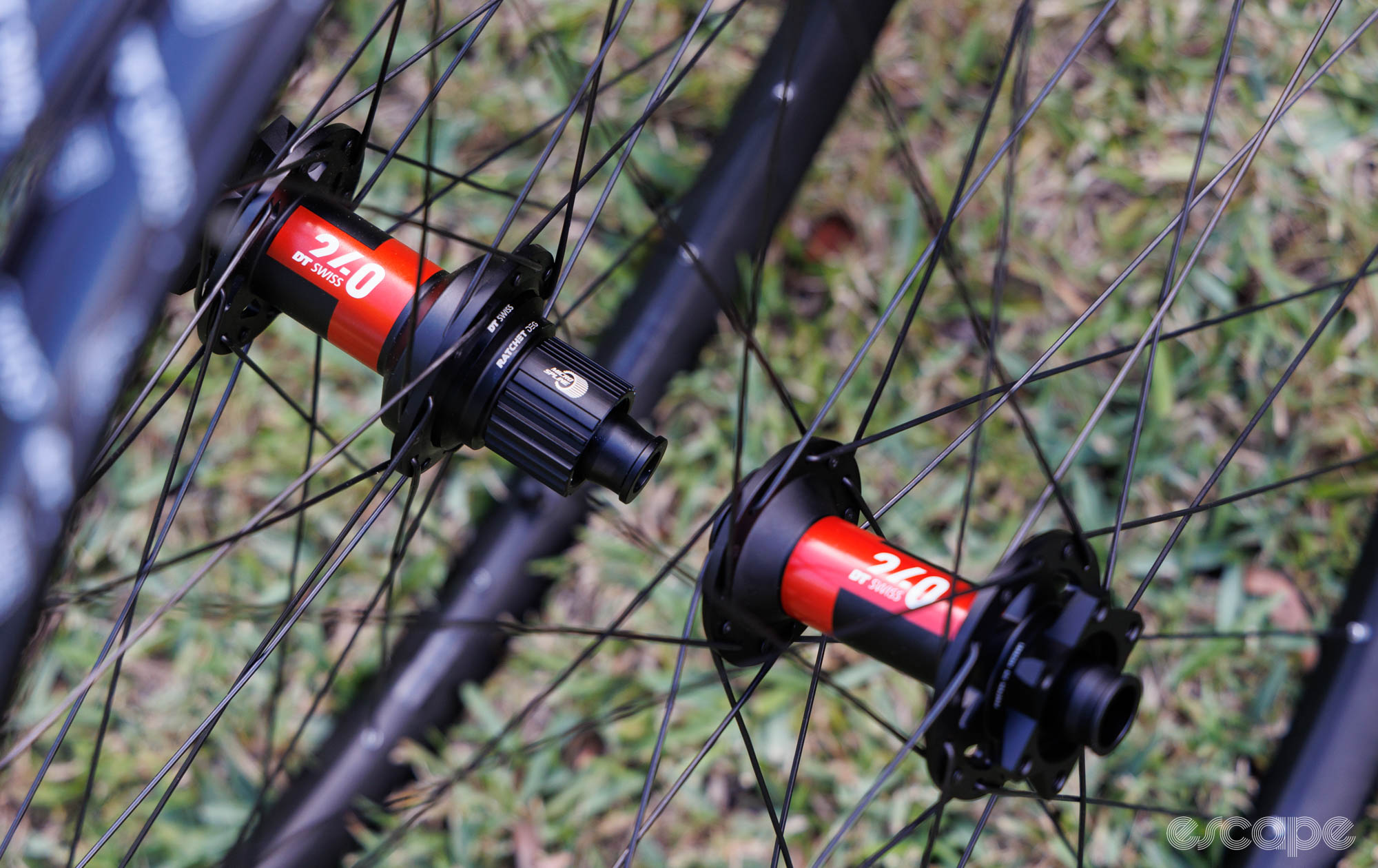
Speaking of size, I have included some estimated revenue figures (mostly according to ZoomInfo). Take these with a grain of salt, as often, they are based on out-of-date information, an approximated number of employees, or the direction of the wind.
OK, with that, here’s a list of likely possibilities according to, well, me.
A wholly speculative list of brands
Ergon
Founded by Franc Arnold, the brother of Canyon’s founder Roman Arnold, Ergon is an interesting brand that is best known for its ergonomic offerings and its funky mountain bike grips. These days the German company is just as well established in offering grips suited to all sorts of mountain bike racing. They also have an extensive range of saddles, and a series of other ergonomic-type components. The company was also an early mover in offering e-bike-specific saddles, a bet that is seemingly paying off given its OE-presence in the market.
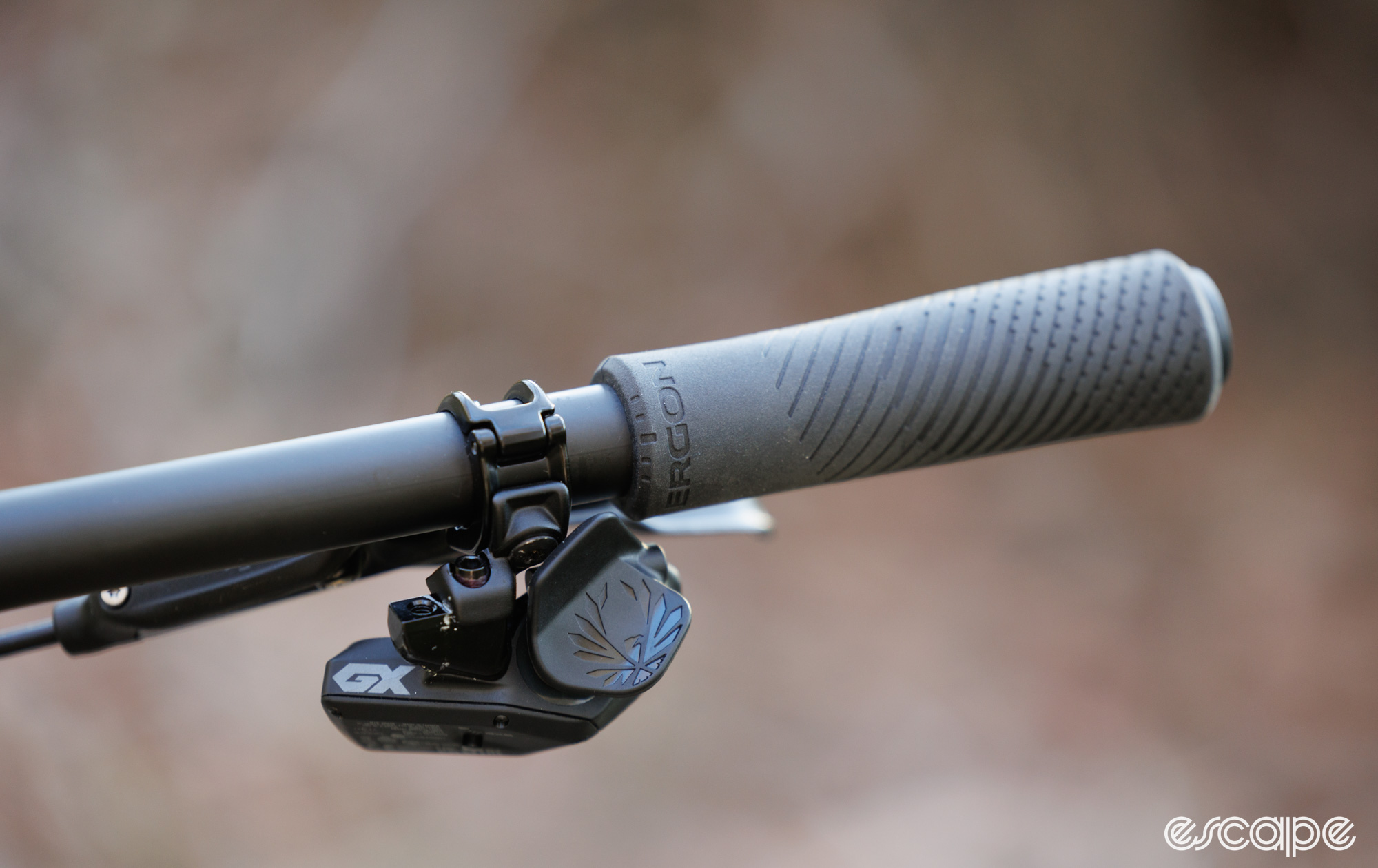
It would give SRAM an immediate OE-level play in saddles and grips, and would give them a brand name to use on things like hood covers and other comfort-focussed features.
Estimated revenue: Under US$5 million
Lezyne
It’s no secret that SRAM is missing a strong accessory brand, and to me, Lezyne makes sense for a number of reasons. The American-owned and Taiwanese-made brand offers a comprehensive range of lights, bags, multi-tools, and pumps. It’s a brand that is broad, but almost exclusively fills gaps that SRAM doesn’t currently offer.
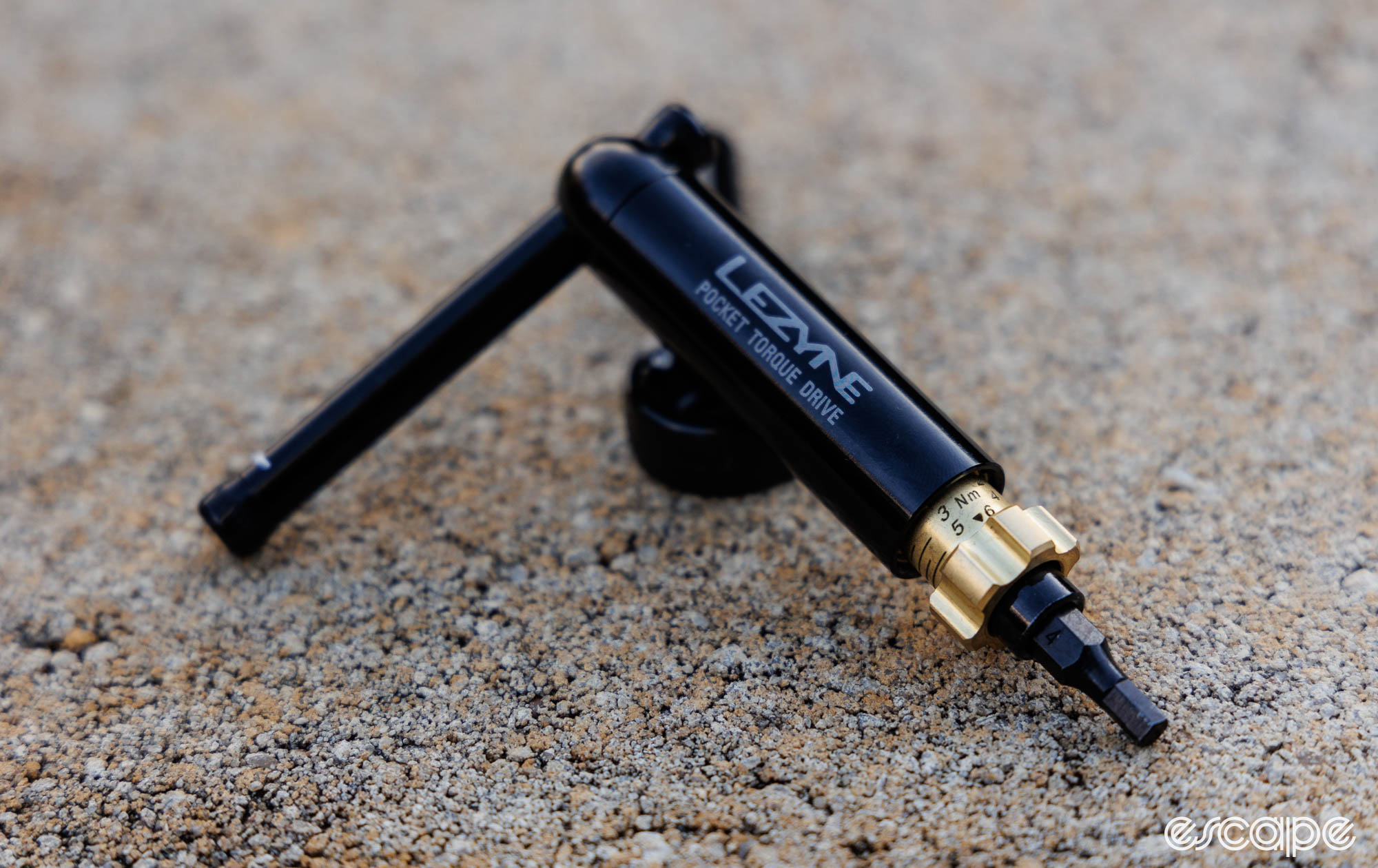
Not to get too into the weeds on this speculative piece, but it’s worth noting that Lezyne was founded by Micki Kozuschek, the founder of Truvativ which was later sold to SRAM. Lezyne was effectively born from the acquisition cash earned from that sale. History has a way of repeating itself; just saying.
Estimated revenue: Under US$15 million
Arundel
Thinking a whole lot smaller, Arundel is one of the leading names in bottle cages, but the company also offers a range of popular bar tapes and saddle bags. Recently Arundel has also expanded into offering surprisingly good pump heads, and so it’s not too much of a stretch to consider the name on a line of pumps, too.
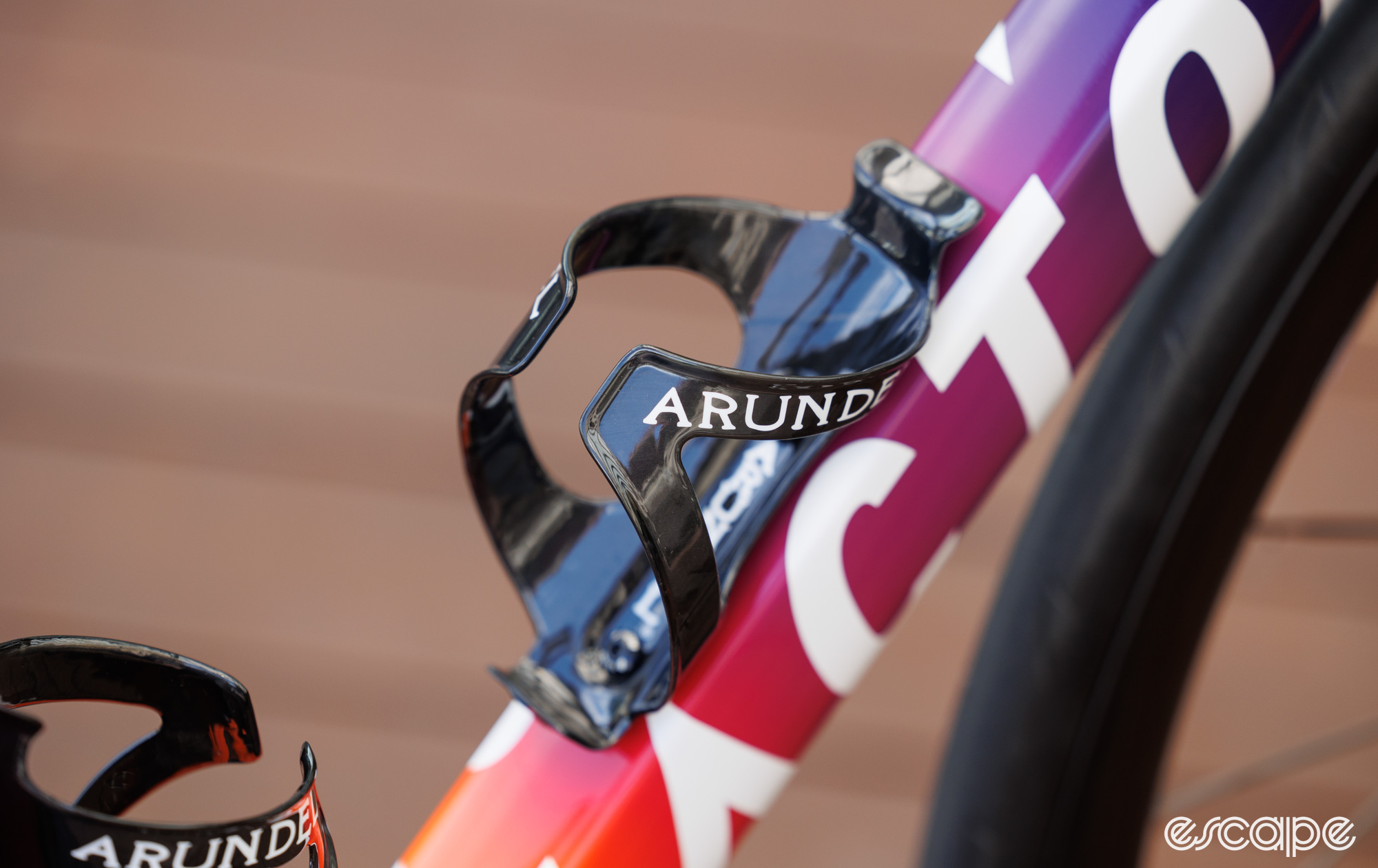
This one wouldn’t be a big acquisition for SRAM, but it would give them a turn-key winner in bottle cages for all forms of cycling.
Estimated revenue: Under US$5 million
Silca
Following a similar path to Lezyne and Arundel brings me to Silca.
Premium pumps, tools, bags, and little performance optimisations – Silca makes a lot of sense on paper in terms of filling product gaps for SRAM. Add in Silca’s recent push into the world of maintenance products, and the brand has plenty to offer a manufacturer of drivetrains.

It also just so happens that Silca’s founder, Josh Poertner, was an instrumental part of Zipp (including through the SRAM transition) before leaving to rebirth the Silca brand. Plus, the company is just a short drive away from the Zipp headquarters in Indianapolis.
Estimated revenue: Under US$10 million
Abbey Bike Tools
Currently, SRAM contracts Abbey Bike Tools to manufacture many of the tools used by its race mechanics, marketing support, and dealers. Often these tools start with SRAM branding, and then eventually get added to Abbey’s own green tool range. Such examples include Abbey’s suspension sockets, Reverb tools, Crombie socket, DUB puller cap remover, and even the company’s new (and successful) 3-way tool.
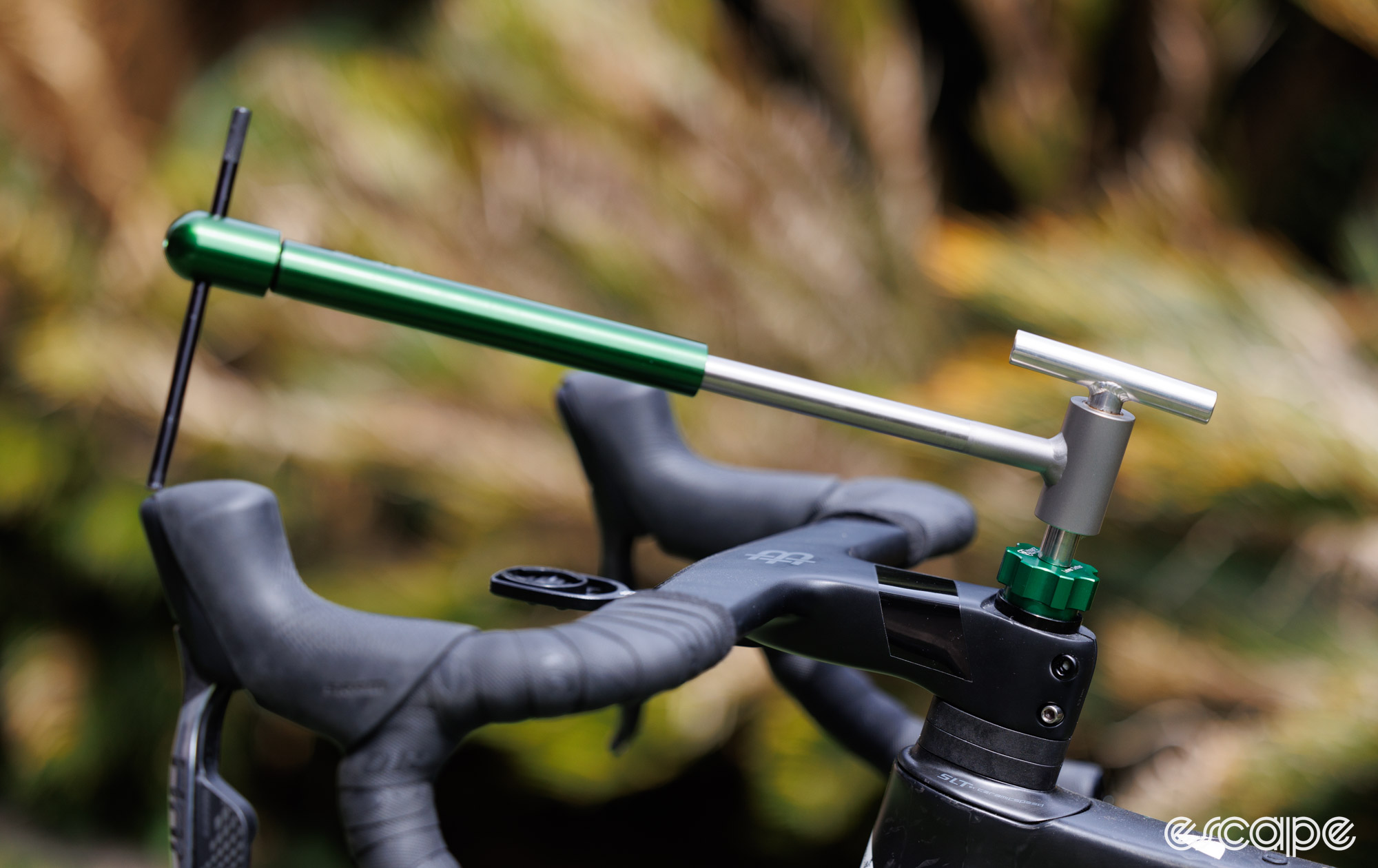
Abbey Bike Tools is a small-scale US-based manufacturer, and from the outside, it would seem like a strange move for SRAM. That’s until you consider that already SRAM controls the manufacturing for a fair chunk of its products. SRAM owns many of its factories in Asia, a few items are still made within the US-based Zipp factory, while Time pedals and SRAM chains are made in Portugal. A small and nimble facility making premium tools in the USA… why not?
Combine Abbey with a company that offers premium maintenance and inflation products (like Silca?), and SRAM would quickly have itself a comprehensive offering for workshops around the world.
Estimated revenue: Under US$4 million
EVOC
The bag brand.
Whenever I see SRAM employees travel with bikes, they use EVOC bags. Sure, that’s probably simply because they’re an incredibly good option for the purpose. Or perhaps it’s because EVOC is a few hours’ drive from SRAM’s main European office. Still, I can’t help but look at EVOC’s range of on-bike and bike-carrying bags and think they make for a good brand fit.
The branding, customer group, and price points are already well aligned to SRAM. EVOC remains privately owned which would make for an easier purchase. Plus, the product is dialled and wouldn’t require any further engineering investment.
Estimated revenue: US$7 million
Industry Nine
SRAM is strong in the road wheel world with Zipp, but it has struggled to make significant headway into mountain bike wheels. Part of that struggle is pricepoint, but I also think that Zipp’s, um, not excellent reputation for hubs, is partly to blame. Given this, it wouldn’t surprise me to see SRAM add a big-name hub and/or wheel company to its portfolio.
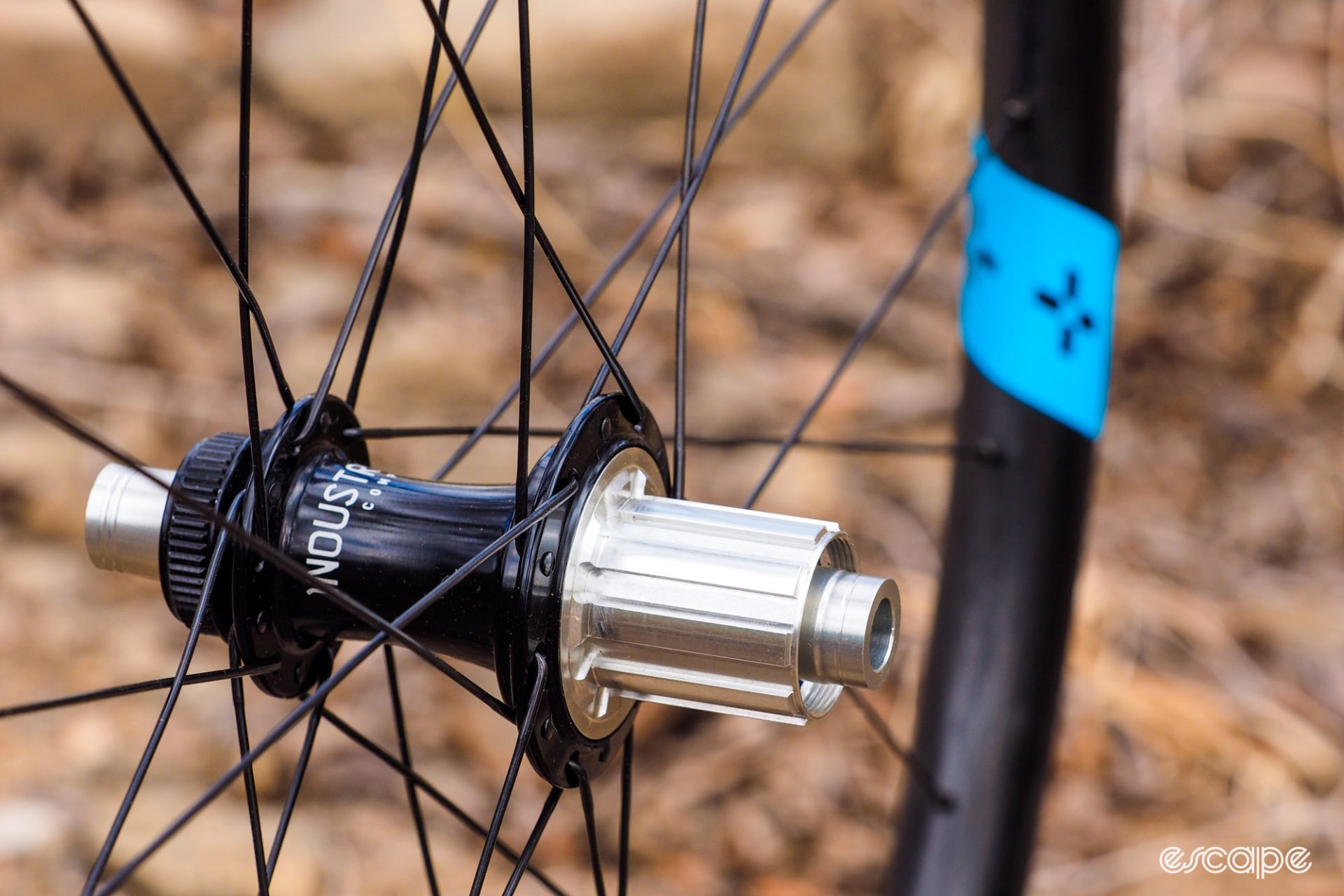
Looking at what’s around and who has what, Industry Nine sticks out as one possibility. The brand has steadily grown its hub ranges to cater to multiple prices over multiple disciplines. Add in the complete wheel options and I could see this brand offering Zipp a renewed point of difference.
Estimated revenue: US$8 million
Giro Sport Design and Co
A fellow American company that specialises in shoes, helmets and clothing, it almost makes too much sense. It made even more sense when we heard mumblings that Giro’s parent company, Visa Outdoor, was looking to divest of its cycling brands. However, that seems less likely now given Vista is in the midst of creating Revelyst, a holding company for its many outdoor brands that aren’t associated with guns.
Still, times are tough in the industry and perhaps Revelyst doesn’t want to own Bell, Fox Racing (both huge in motor sports), and Giro. Or maybe, letting Giro go may just cause future competition headaches for Revelyst.
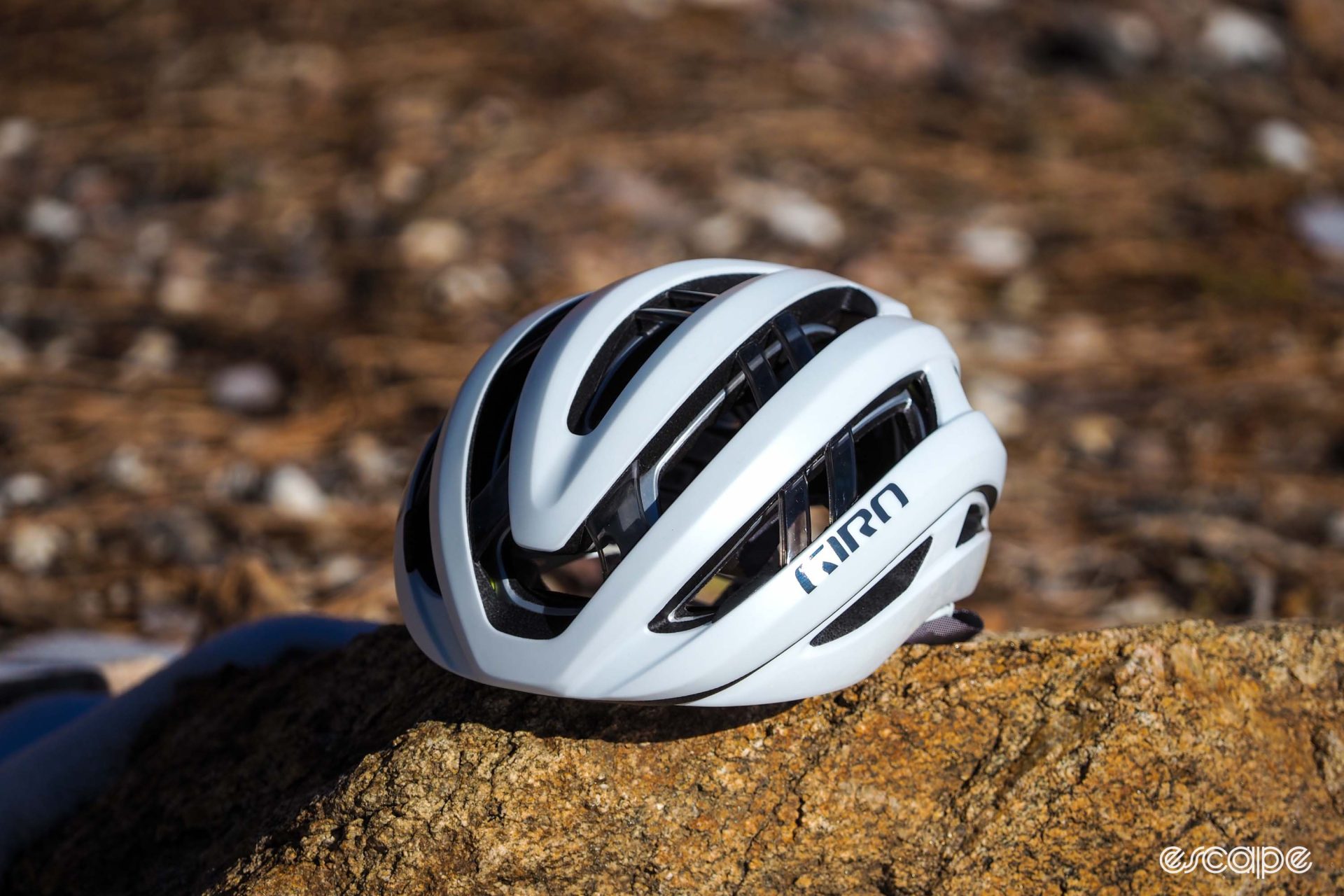
Either way, Giro fills SRAM’s lack of helmets and cycling shoes. And while it doesn’t solve the lack of eyewear, it wouldn’t be a huge stretch to imagine the Giro brand being expanded to cover such a thing, especially given they currently offer ski goggles. Then again, Giro’s current split of covering bike and snow sports may prove to be a real barrier for SRAM.
Other cycling brands under Revelyst’s banner include Camelback and Blackburn, both of which could fill legitimate gaps in the SRAM product range. Blackburn is a long-standing name with a solid reputation in many of the cycling accessories that SRAM currently lacks. However, I’d think Camelbak is too valuable in segments outside of cycling to be a consideration.
Blackburn and the cycling division of Giro – while it would be massive money for SRAM, it’s an acquisition I could see.
Estimated revenue: Figures start from US$22 million.
Stages Cycling
A late addition to the article, but in light of Stages Cycling seemingly coming to a close, it seems likely that at least its intellectual property would find a buyer. According to Escape Collective tech editor Ronan McLaughlin, “Stages has patents they’ve never protected.”
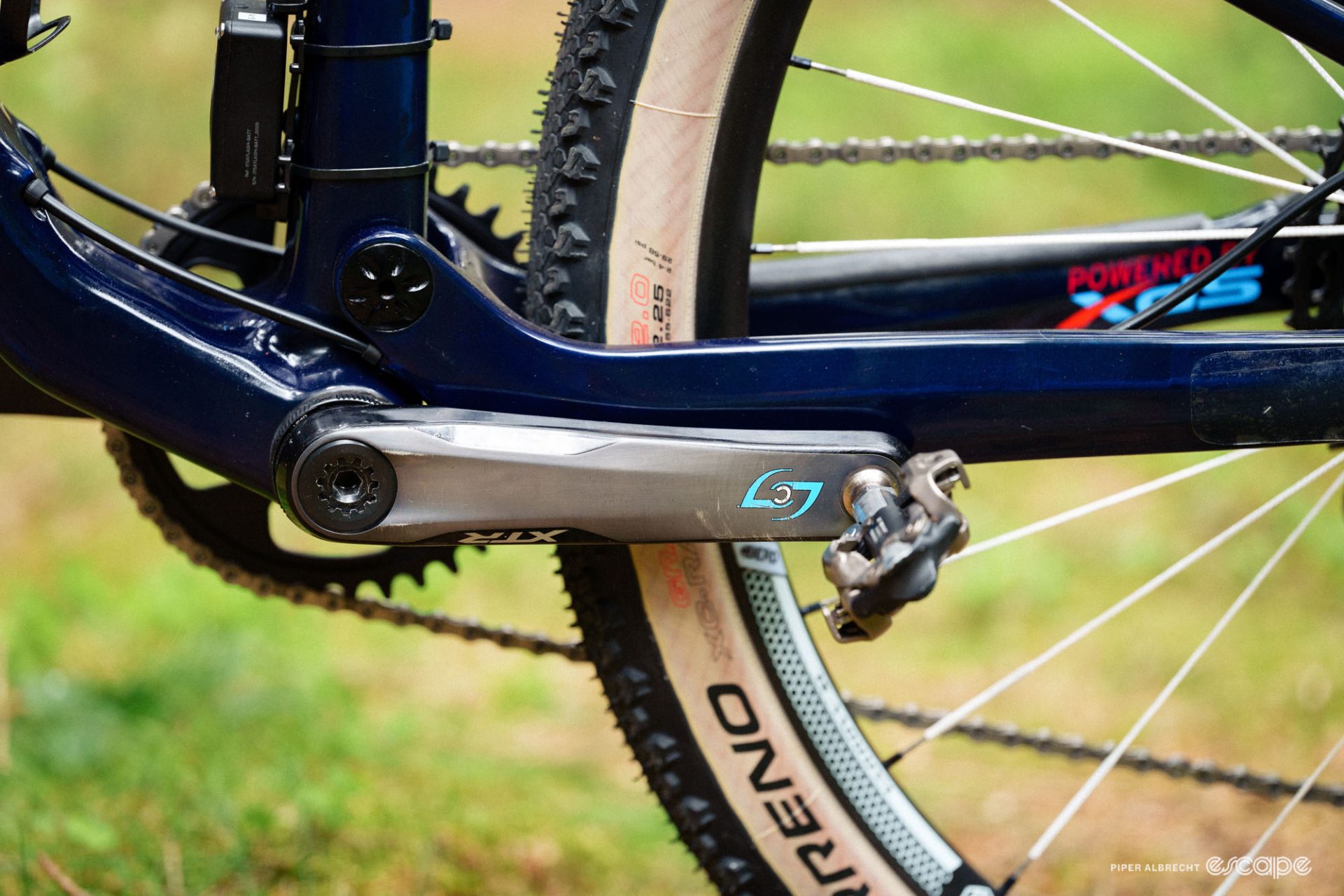
Now, I’m not suggesting that SRAM would intentionally purchase a company to become litigious, but rather that owning such things would give them a handy bargaining chip to keep in the back pocket. Add in the opportunity to convert an enormous number of Stages customers to SRAM products, and it’s surely got to be a little appealing.
I can’t imagine SRAM wanting to own the hugely popular indoor cycling branch of Stages, but who knows, perhaps we’ll see the crank-based powermeter arm split off. It wouldn’t be the first example of SRAM acquiring just a division of a pre-existing company (e.g. Time pedals being split from the bike business).
Estimated revenue: Unknown, but rumours point to a US$20 million minority stake deal with Giant falling through a few months back. Certainly, the company would now be worth a small percentage of that.
MicroShift
Having started by making low-cost Shimano-compatible components, recent years have seen MicroShift make big moves in becoming a legitimate offering in the more budget-oriented end of the drivetrain market. Today, the Taiwanese company has some truly attractive offerings at a price point lower than where SRAM is now focused.
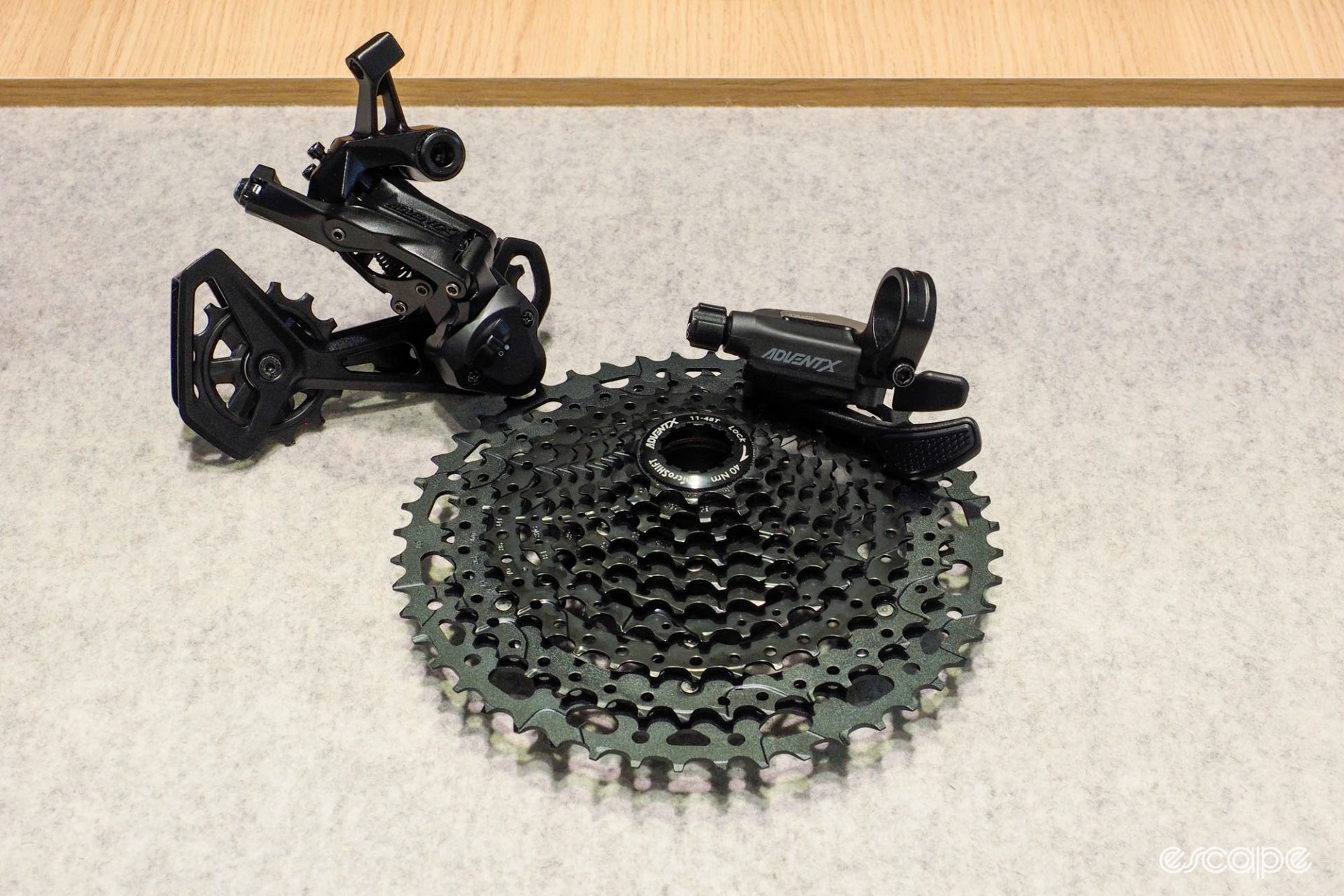
From a strategic sense, I could see this being a good fit for SRAM. It would give them a product range to directly compete with Shimano’s entry-level dominance at an OE-level. It would allow SRAM to offer wholly price-driven parts without fear of sullying the SRAM name. And it would remove a competitor from the mix.
Estimated revenue: Unknown
WTB
A classic name from the mountain bike world. Today WTB is a big name in saddles for off-road disciplines, and offers a broad range of well-priced wheels, rims, grips, and accessories.
Such an acquisition would give SRAM a turn-key OE offering in a few product categories it doesn’t currently service. It would also provide a wheel and rim brand in mountain bike and gravel markets at a price point that doesn’t compete directly with Zipp.
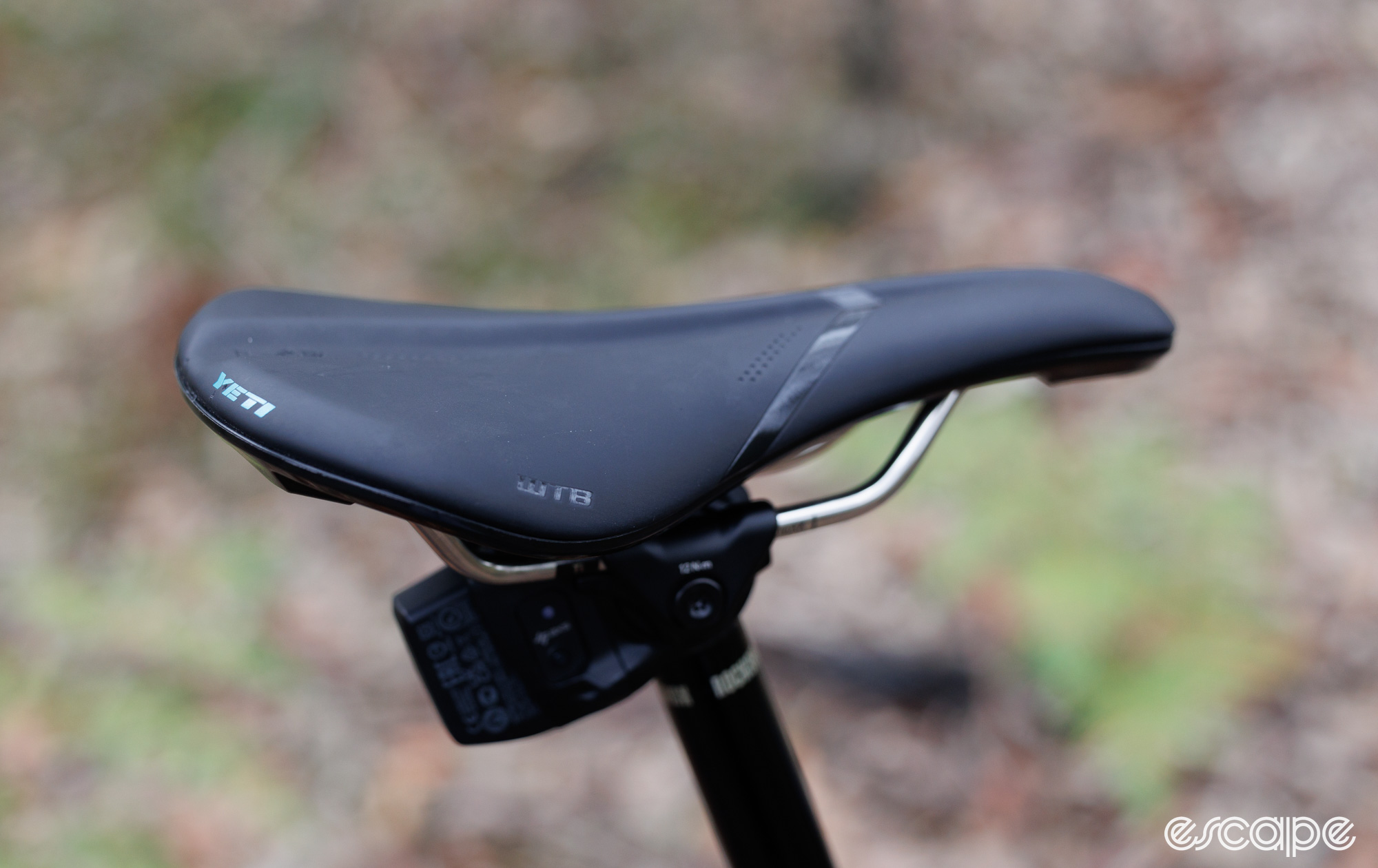
That said, WTB may not hold enough high-end appeal for SRAM. Similarly, the company doesn’t have a deep catalogue of truly unique technical features that sets it apart. Still, it’s a well-known name in mountain bike and gravel circles.
Plus, WTB would give SRAM a catalogue of tyres. Although with WTB not being the manufacturer for these, I’m not convinced that would be attractive to a company the size of SRAM.
Estimated revenue: figures range between US$7-10 million
Tyres?
Tyres are an obvious gap in SRAM’s range, but when I look at what brands carry a loyal following with technological benefit, it’s a list of brands that are arguably too big for SRAM.
Think of some of the leaders in the space, such as Maxxis, Goodyear, and Continental, all brands that are dominant in cycling, but are arguably each bigger than SRAM.
As far as cycling-specific tyre brands go, the list includes names such as Schwalbe, Vittoria, and Hutchison. Still, many of these brands feel too big for such an acquisition. And that leaves the smaller brands, but too many of these wouldn’t offer enough brand cache or unique technology for SRAM to bother.
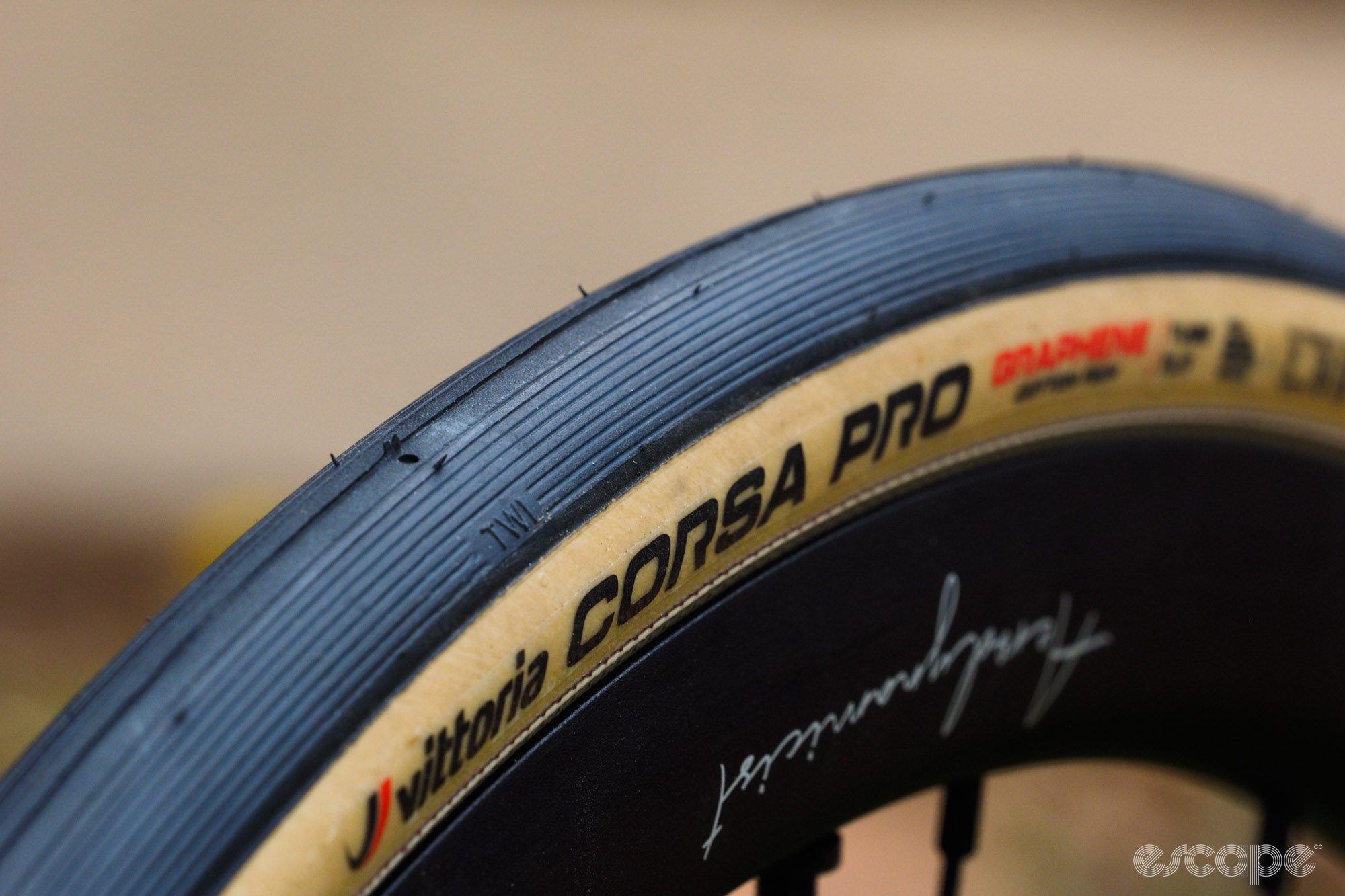
It’s my opinion that tyres are one category too big and too expensive for SRAM to currently consider being a key player within. Rather, I suspect we’ll see SRAM remain a partner to all the tyre brands while expanding its presence in wheels.
A crazy world of reversing the concept store model
In writing this my mind started to wander into the territory of where this all goes in future. Say SRAM builds its portfolio to offer everything for a passionate cyclist except for the frame – that would make a decent model for a series of retail stores, no?
Rather than a customer walking into a store for Giant, Specialized, or Trek, what if the model were flipped where SRAM ran the store, and sold a wide selection of its partnering bike brands? It could be a genuine answer for SRAM servicing its products in a market that looks set to increasingly move toward a direct-to-consumer model.
Of course, I can see issues with this, and I doubt it’ll ever become more widespread than, say, Rapha’s retailer network, but it’s not an impossible thought either – especially as SRAM begins to push into the service-intensive world of e-bikes.
Just fiction, for now
None of this is confirmed from either side so please consider all of this nothing more than pure speculation.
Still, it’s clear SRAM has an appetite to buy brands. The timing is pretty good, too, with the market going through a difficult period, and some brands are finding themselves in cashflow turmoil.
Think I’ve got it wrong or missed an obvious one? Let me know in the comments.
What did you think of this story?
